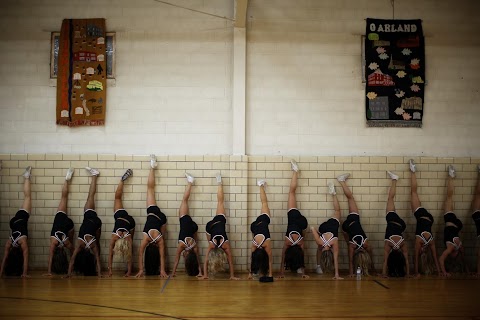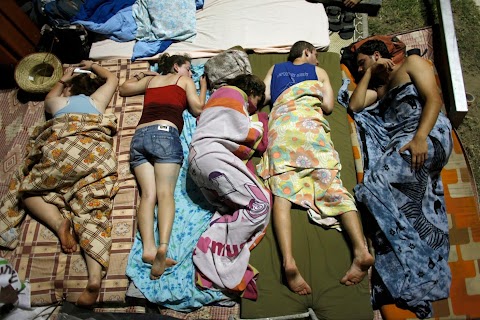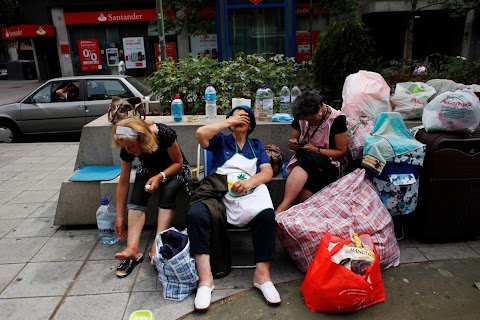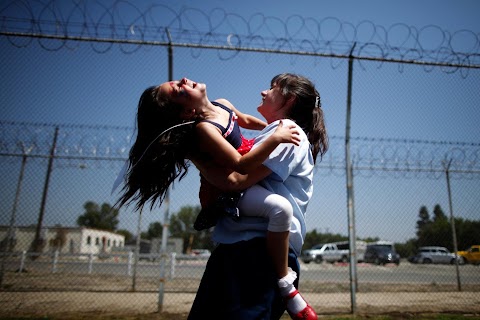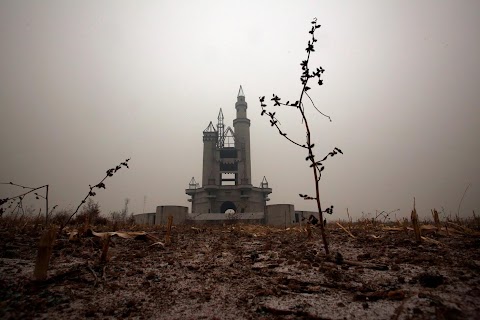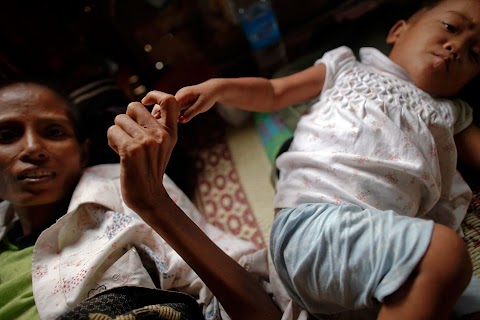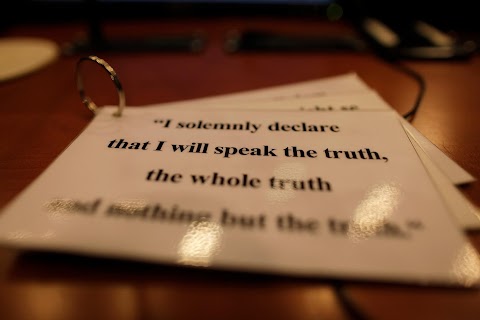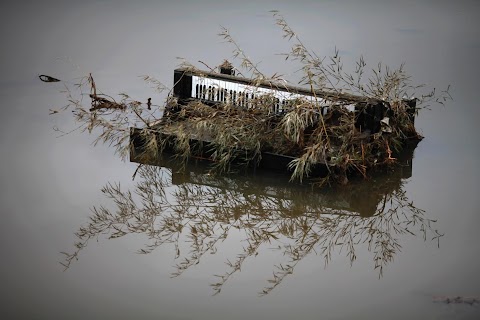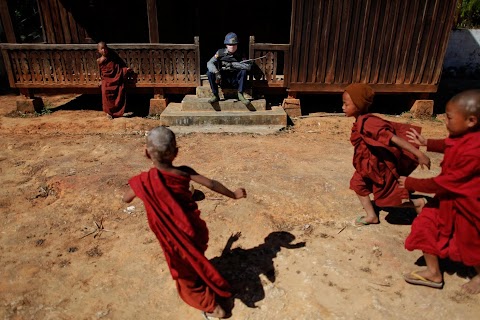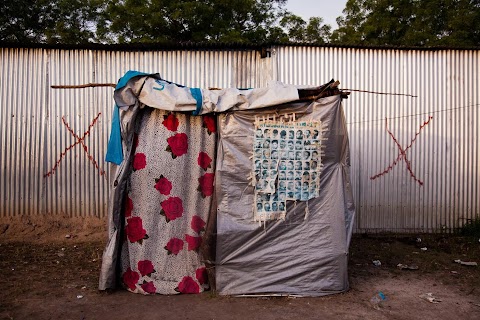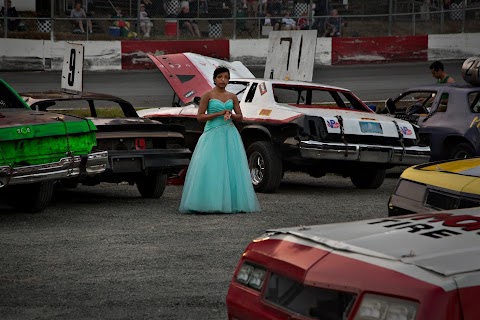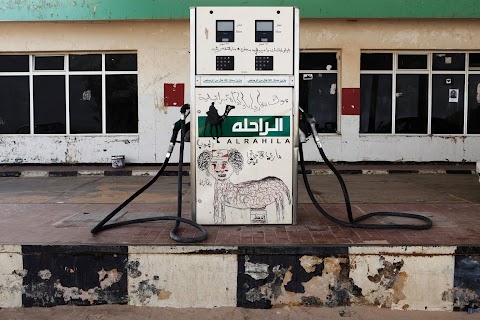
On the rebel road
Advertisement
A fuel pump is defaced with a graffiti caricature of Muammar Gaddafi in the rebel-held town of Ajdabiyah. The exact position of the front line is difficult to know in a war of rapid movements in both directions across open desert, but one constant is the presence of the road, along which Libya's revolution has traveled, back and forth as each side advances and retreats across vast distances, leaving behind a wake of destruction and death.



